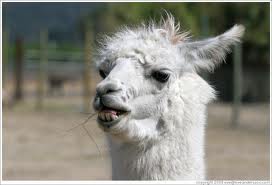Consumption will rise 25% by 2025 in the developing world, but high costs mean those with the greatest nutritional need may not get access to them.
“As part of a balanced diet, milk and dairy products can be an important source of dietary energy, protein and fat,” said FAO senior nutrition officer and co-editor of Milk and Dairy Products in Human Nutrition, Ellen Muehlhoff.
“They are also rich in micronutrients critical for fighting malnutrition in developing countries where the diets of poor people are often starch- or cereal-based and lack diversity.”
The book calls on governments to do more to subsidise dairy products and make them available to the poor, as well as make them easier to home-produce, as their cost remains prohibitive.
“Small-scale dairy farming is especially beneficial to poor households as it provides food and nutrients but also a regular income,” said FAO livestock industry officer and co-editor Anthony Bennett.
“Whereas crop agriculture means getting paid once or maybe twice a year, dairy is produced and sold daily so smallholders have cash in hand for immediate family needs such as food, household goods, clothing and schooling – and that changes lives.”
Moose milk?
The book looks at milk sources beyond the cow such as buffalo, goat, sheep, reindeer, moose, llama, alpaca, donkey, yak, camel and mithun.
“There is huge scope for developing other dairy species, particularly goats, which are easier to keep than cattle and significantly increase the accessibility of dairying to poor rural families,” Bennett said.

It suggests llamas and alpacas could yield more milk in latin America, that donkey milk can be good for the 2-6% of the population allergic to cow’s milk and that reindeer and moose milk is creamy, and high-fat and protein, as well as having a low lactose content.
They suggest milk and dairy can play a role in preventing diet-related non-communicable diseases such as type 2 diabetes and some cancers.
Reducing dairy sector environmental effects that contribute an estimated 4% of human-caused greenhouse emissions along with increased land and water pressure are other subjects addressed.
“Producing, processing and distributing milk and dairy products, like other foods, does affect the planet, and ongoing efforts are required to reduce greenhouse gas emissions generated by the sector,” said Bennett.
The book can be found here.
